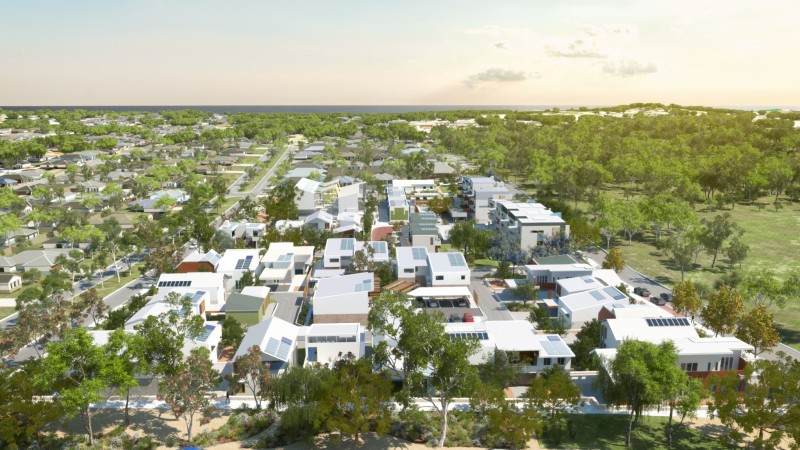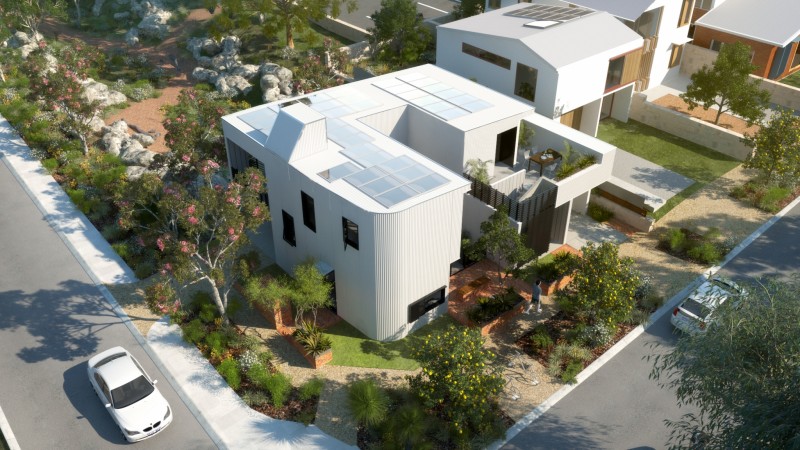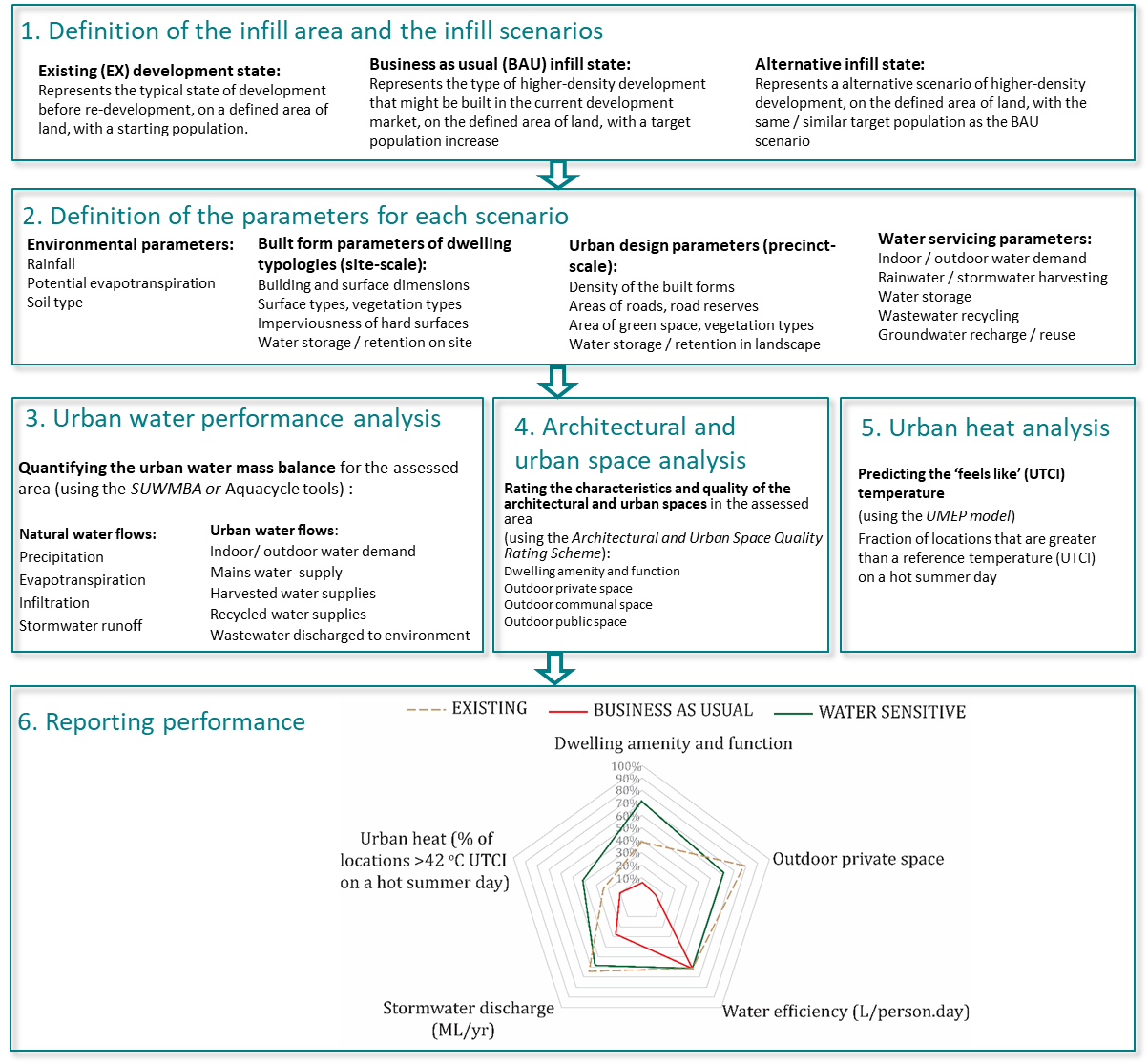New Infill Performance Evaluation Framework released
Our IRP4 team has released two important tools this month: the Water Sensitive Outcomes for Infill Development Infill Performance Evaluation Framework and the Site-scale Urban Water Mass Balance Assessment (SUWMBA) Tool for testing.
The Infill Performance Evaluation Framework is a way of assessing the water sensitive outcomes from infill development, and the SUWMBA Tool is one of several tools practitioners can use to assess water sensitivity.
Head here to read about the SUWMBA Tool in this edition of waterSENSE.
Most major Australian (and many global) cities expect intensified infill development over the coming decades.
Infill development is promoted nationwide as a way of accommodating growing urban populations by increasing urban densities (densification) rather than allowing urban sprawl. Currently, the bulk of infill development occurring in Australian capital cities involves subdivisions of single suburban lots into denser single- and multi-unit dwellings, and apartment buildings around transport nodes. This pattern achieves higher density targets but increases building footprint and thus imperviousness of the redeveloped lot, most often at the expense of usable green space.

Without significant intervention, ‘business as usual’ redevelopment will have a considerable negative influence on urban hydrology, resource efficiency, urban heat, liveability and amenity. The water sensitive city approach aims to resolve these challenges. As such, our IRP4 team has just released the Infill Performance Evaluation Framework as a component of Integrated Research Project 4 (IRP4): Water Sensitive Outcomes for Infill Developments.
The framework is intended to help guide the assessment and design of water sensitive cities.
Specifically, the framework assesses the performance of a city, precinct or lot by describing it as a three-dimensional system including all flows and storage of piped and natural water flows. This approach provides a more complete picture of system performance than simple measures of water supply versus water demand.
The performance evaluations that the framework generates are intended to inform governance mechanisms that drive urban development and residential design. This includes planning policies, guidelines and codes, development approval processes, precinct, and building rating and certification schemes.
Practitioners can use the framework to:
- compare different planned designs
- generate metrics that feed into broader economic evaluations or building approval processes
- identify targets and objectives for infill development
- predict the impact of new developments.
As such, the framework can be a useful planning resource for sustainability officers, design engineers, climate change adaptation practitioners, planners, architects, designers, landscape architects, builders, developers, policy makers, water consultants and water utilities.
At this stage of development, we intend for the framework to guide the screening of design options rather than detailed engineering design, although it is well positioned to enable this functionality in future.

The framework builds on and develops the concept of water sensitive cities and demonstrates how key elements can be applied at finer urban scales.
Specifically, the framework fills a gap in available methods for evaluating the water sensitivity of urban designs at both precinct and, for the first time, site scale. The framework consists of four elements that:
- define the principles and criteria for good performance of infill/new developments
- define the design variables that influence that performance
- define indicators for reporting performance
- describe the methods for quantifying performance indicators at different urban scales.
This diagram shows the components of the Infill Performance Evaluation Framework:
